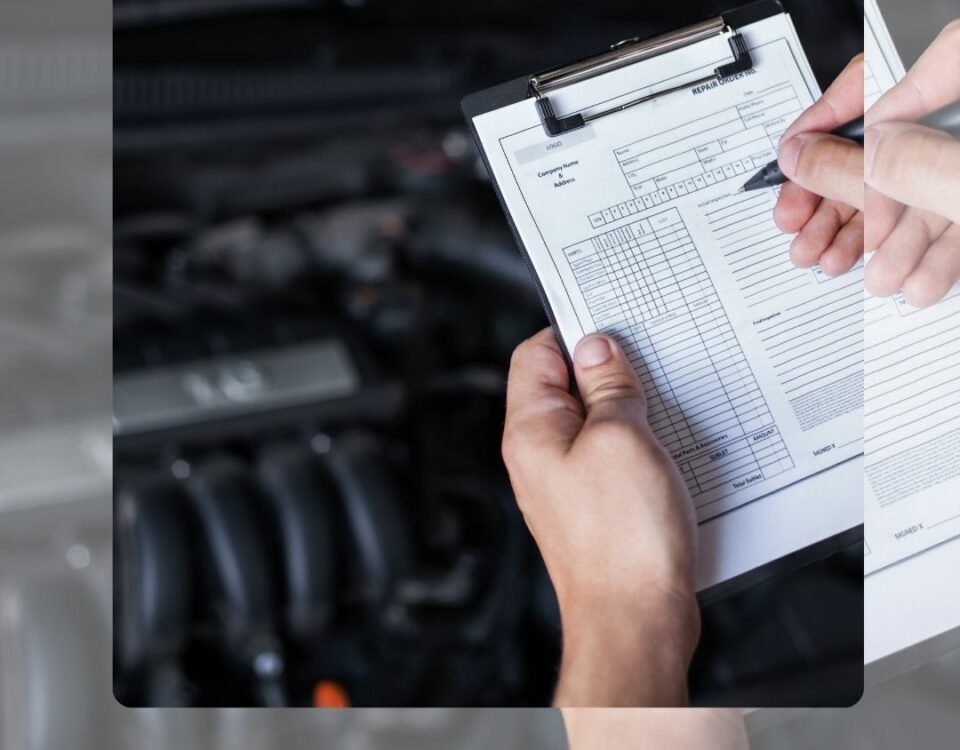
What to Expect During a Vehicle Inspection
February 1, 2023
Vehicle Inspections: What You Need to Know
February 1, 2023Vehicle safety inspections are a crucial step in maintaining the safety and reliability of your vehicle. These inspections are typically required by law and are designed to ensure that your vehicle is in good working condition and meets certain safety standards.
During a vehicle inspection, a trained inspector will thoroughly examine various components of your vehicle, including the brakes, tires, lights, and overall condition of the vehicle. They will check to make sure that everything is in proper working order and that there are no obvious signs of wear or damage. They will also check the emissions control systems to make sure that they are functioning properly.
The inspector will begin by checking the vehicle’s exterior for any damage or rust. They will also check the tires for proper tread depth and overall condition. Next, the inspector will move on to the vehicle’s lights, checking to make sure that all of the lights are functioning properly. This includes headlights, taillights, blinkers, and brake lights.
After the exterior inspection, the inspector will move on to the interior of the vehicle. They will check the seat belts and airbags to make sure that they are in proper working order. They will also check the vehicle’s dashboard and gauges to ensure that all of the warning lights are functioning properly.
The inspector will then move on to the vehicle’s undercarriage, checking the brakes, suspension, and exhaust system. They will check the brake pads and rotors to make sure that they are in good condition and that there is enough brake pad material remaining. They will also check the suspension and exhaust system for any leaks or damage.
Finally, the inspector will check the vehicle’s emissions. They will perform a visual inspection of the exhaust system and check the emissions control systems to make sure that they are functioning properly. They may also perform a tailpipe emissions test to check the vehicle’s emissions levels.
Once the inspection is complete, the inspector will provide you with a detailed report of their findings. If any issues are found, you will be required to have them repaired before the vehicle inspection.
As an owner, it’s important to stay on top of your vehicle’s maintenance schedule and be aware of when it’s due for inspection. Regularly checking your vehicle for potential issues, such as worn brakes, low tire tread, or malfunctioning lights, can help to ensure that your vehicle is in good working condition and can help prevent any issues from arising during the inspection process.
Additionally, it’s a good idea to keep all of your vehicle’s maintenance records, including previous inspection reports, in a safe place. This will not only help you stay organized but also can be helpful to show to the inspector during the inspection.
It’s also a good idea to check the inspection requirements in your area before your vehicle inspection to ensure that you are prepared.
In summary, vehicle safety inspections are a crucial step in maintaining the safety and reliability of your vehicle. These inspections are typically required by law and are designed to ensure that your vehicle is in good working condition and meets certain safety standards.
During a vehicle safety inspection, a trained inspector will thoroughly examine various components of your vehicle, including the brakes, tires, lights, and overall condition of the vehicle. As an owner, it’s important to stay on top of your vehicle’s maintenance schedule and be aware of when it’s due for inspection and be prepared for the inspection. Keeping records of maintenance and inspection can also be helpful in the future.





